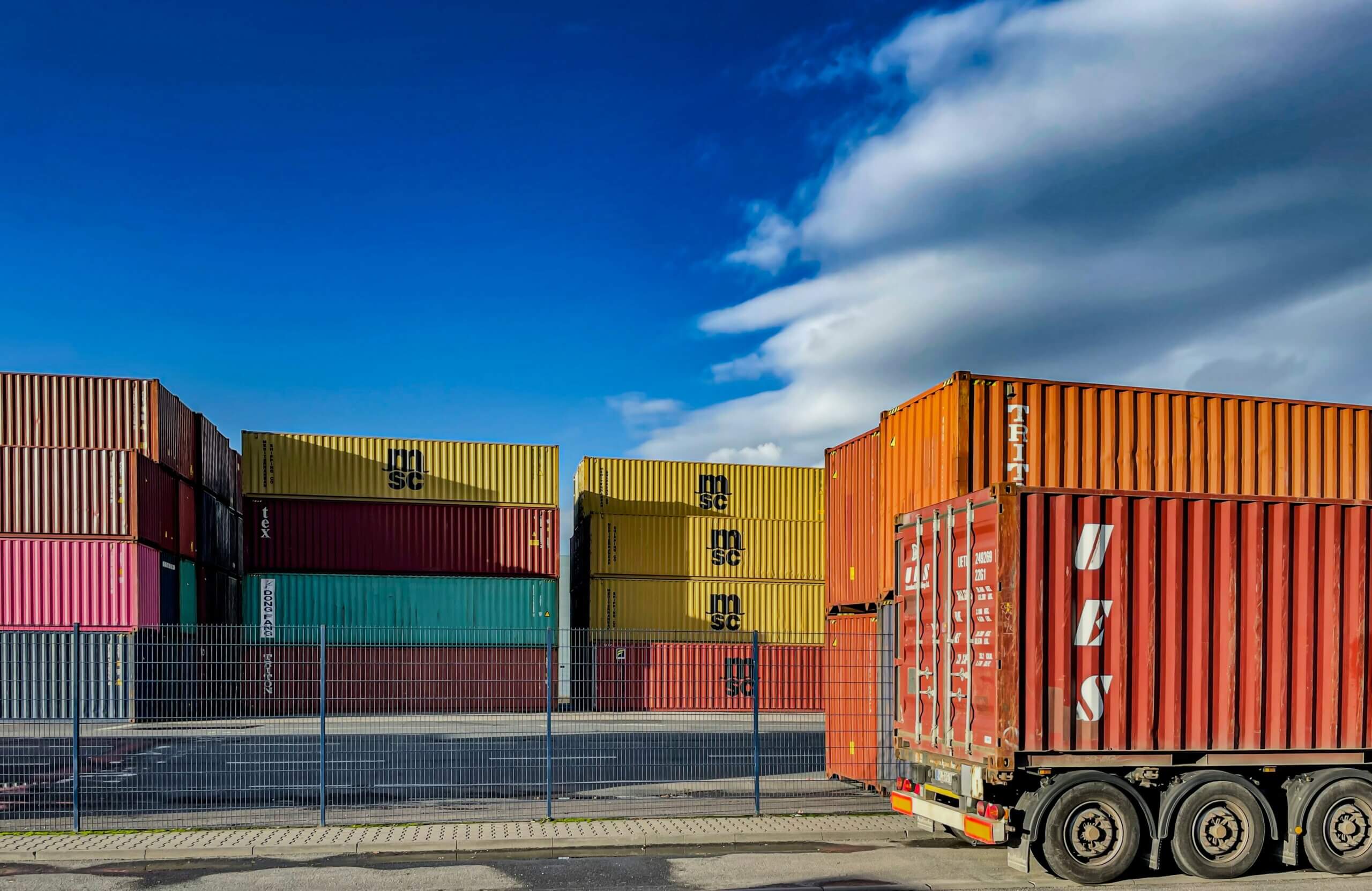When it comes to the supply chain, the choices around new, available technologies can seem endless, especially when professionals must meet the growing demands for low cost, fast, and highly transparent delivery of goods.
A recent Gartner report estimated that by 2023, at least 50 percent of large global companies will be using AI, advanced analytics, and IoT in supply chain operations. However, when everything from blockchain to robotic processing and immersive VR can be used in the supply chain, developing an adoption strategy that maps to clear ROI can be daunting. So we took a closer look at the role the supply chain plays in addressing the demands of the Delivery Economy and what specific technology tools can help ease the pressure.
According to our recent report about the Delivery Economy, marketing executives cite supply chain and shipping departments as one of the top three stakeholders needed to create the delivery experience that today’s consumers increasingly demand. However, many supply chains are still using outdated processes, such as spreadsheets and PDFs, to drive operations.
While technology adoption is still in the early stages, VDC Research recently found among supply chain technology decision-makers that mobile and connectivity solution budgets are expected to increase by 10% year-over-year to support greater visibility into delivery.
With tight budgets and growing demands, picking the right technologies is vital. Transportation visibility and predictive ETAs are key when it comes to meeting expectations around the Delivery Economy.
Our report found that 74% of customers say when a package isn’t delivered when expected, it hurts their impression of the company. With a predictive ETA, supply chains can accurately gauge when a shipment will arrive, allowing them to proactively make adjustments to downstream activities. Additionally, placing geofences around terminals and ports provides insight into congestion and access to the most accurate arrival estimates, allowing stakeholders to be notified when a shipment is close.
Extensive carrier coverage and data quality are key components when it comes to providing greater visibility into the delivery of goods. High-quality data ensures accuracy for ETAs, while a large network helps organizations gain a more complete view into their shipments. project44 prioritizes direct API connections and integrations with ELDs/telematics devices to enable access to real-time data.
By continually scaling the carrier network, as well as providing an automated onboarding process, companies are able to access a wide reach of carriers, allowing them to gain a more comprehensive view into their shipments right away.
Lastly, the ability to share data with partners, customers, and internal stakeholders can significantly aid in meeting customer expectations of the Delivery Economy. With transportation visibility, along with the ability to share information with partners regardless of whether they use the same visibility technology, collaboration and communication becomes simple and straightforward. Companies will be able to increase efficiency and deliver products faster, as well as offer real-time progress to customers.
When it comes to adapting to the growing Delivery Economy, it’s important for logistics managers to cut through the tech noise and utilize the best tools for their job. With these tools, the supply chain can increase transportation visibility, expand the reach of operations, gain better insights, and optimize profitability.



